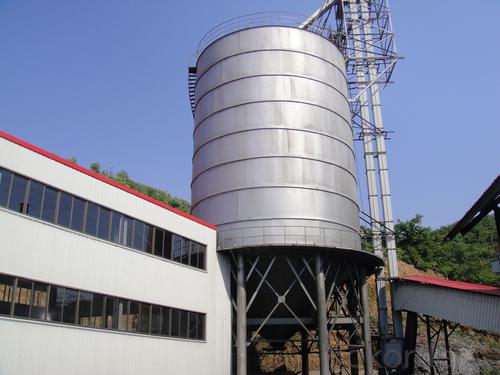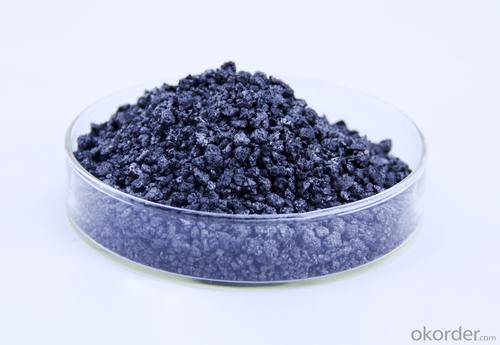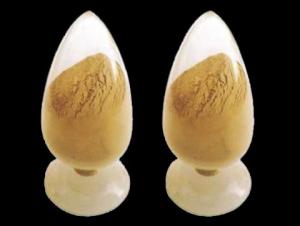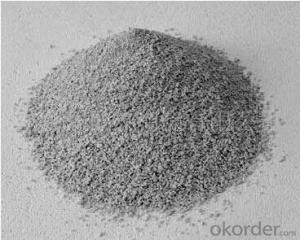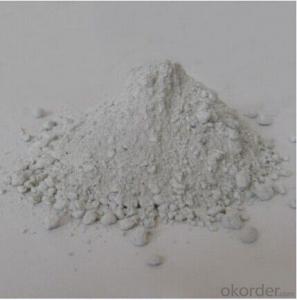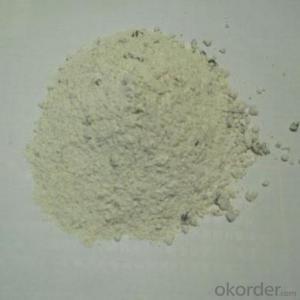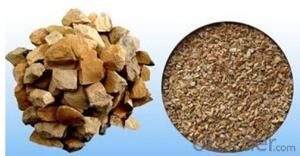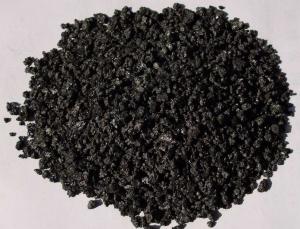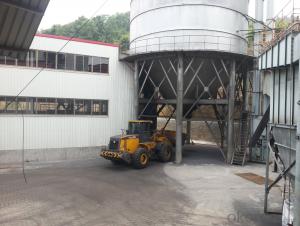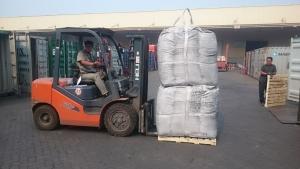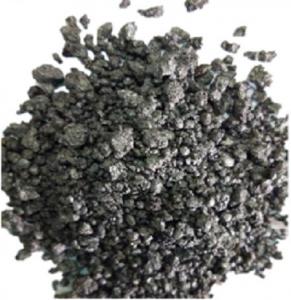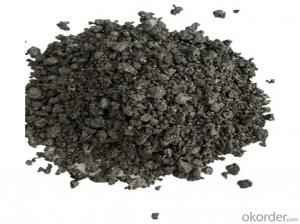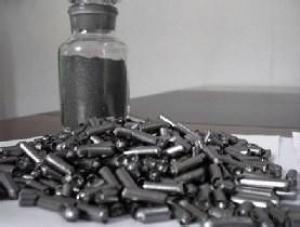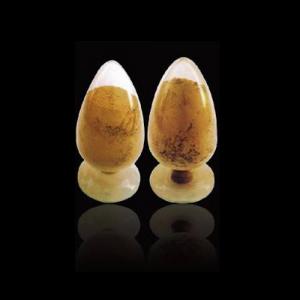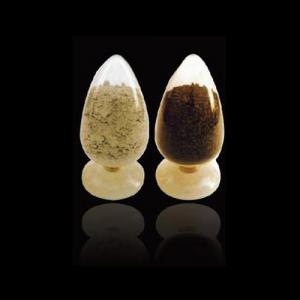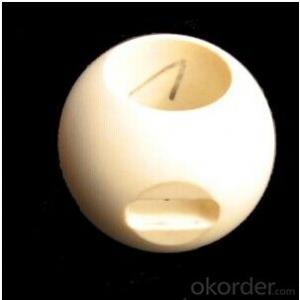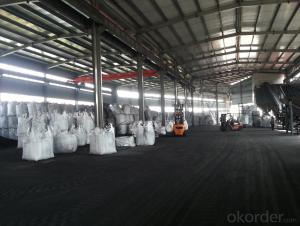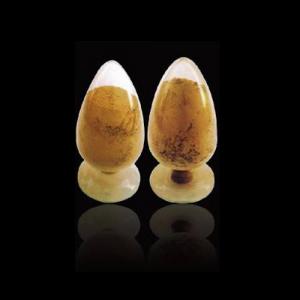Low Nitrogen Carbon Raiser Graphite Petroleum Coke
- Loading Port:
- Shekou
- Payment Terms:
- TT OR LC
- Min Order Qty:
- 20 m.t
- Supply Capability:
- 1000 m.t/month
OKorder Service Pledge
OKorder Financial Service
You Might Also Like
Factory Background
The factory is majorly running and operating carbon additive (pitch coke, calcined petroleum coke and anthracite), low nitrogen carbon additive, and brake pad making material. Company is the long term supplier of Sinosteel Corporation, Shanghai Carbon Corporation, the plant of SGL Group the Carbon Company in China and some largest special carbon products producing plants.
YUAI also supplies huge amout of high quality carbon additive and graphite carbon additive to steel plants, foundries and ferrotungsten plants. YUAI has been assigned by BAO STEEL as the only organization for processing pitch coke for export purpose. The group’s major products are constantly exported to Japan, Korea, Malaysia, South East Asia countries, Europe and America, which receive praises by our consumers.
The group has invested numbers of calcinators in Anhui China to ensure the capability of producing and processing huge amount of carbon additive. Further investment is on process. According to the orders from customers, YUAI is able to processing and providing different specifications of carbon additive and other products. To provide best quality of products and to offer customers most satisfied service is YUAI’s operating objectives.
Calcined Petroleum Coke
FC:98.5%min,
S:0.5%max
A:0.8%max
V:0.7%max
Mositure:0.5%max
Size:1-5mm
This product is mainly used in steel-making and foundry. Calcined Petroleum Coke
Calcined Petroleum Coke comes from delayed coke which extracted from oil refinery. Although Calcined Petroleum Coke contains a little bit higher level of sulfur and nitrogen than pitch coke, the price advantage still makes it widely used during steel-making and founding as a kind of carbon additive/carburant.
Technology:
Laborary Equpment
In our lab,we has a high precision balance,mullfe furnace,sample making machine, dring box,sulfur measurement instrument and other calibratiing equipments.As a result,before deliverung to our customers,our products have to pass a strict test to ensure the quality and components.The testing reports will be sent to our customers to confirm untill they satisfy with it.
Packaging & Delivery
Packaging Detail:25kg paper bag into 1t weaving bag 5kg, 10kg and 20kg weaving bag into 1t weaving bag 25kg weaving bag put on pallet covered with entanglement wrap product direct into packing bag 25kg paper bag put on pallet covered with entanglement Wrap 25kg weaving bag into 1t weaving bag.
Delivery Details: 7 days
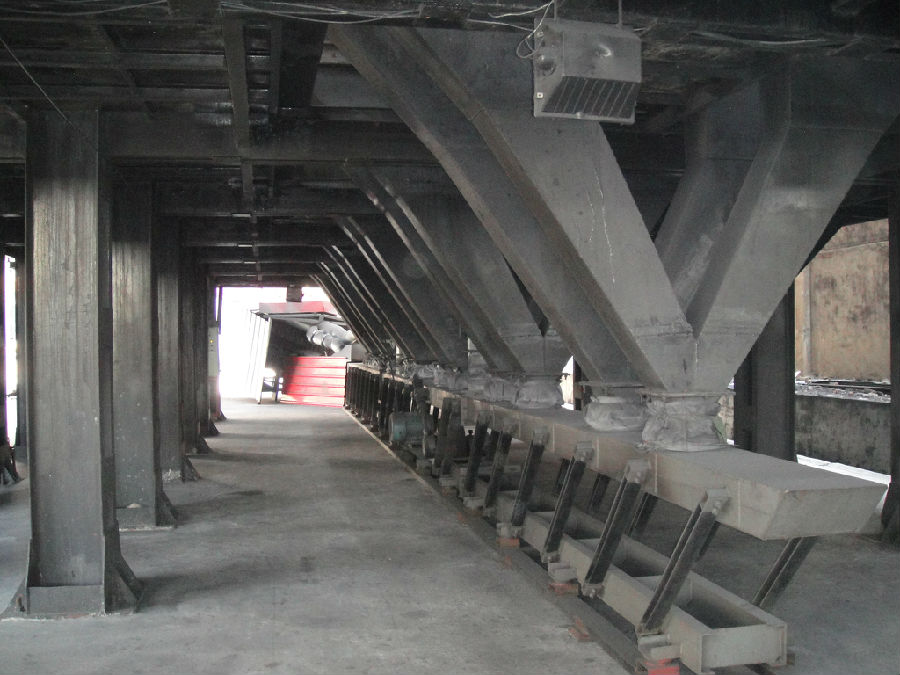
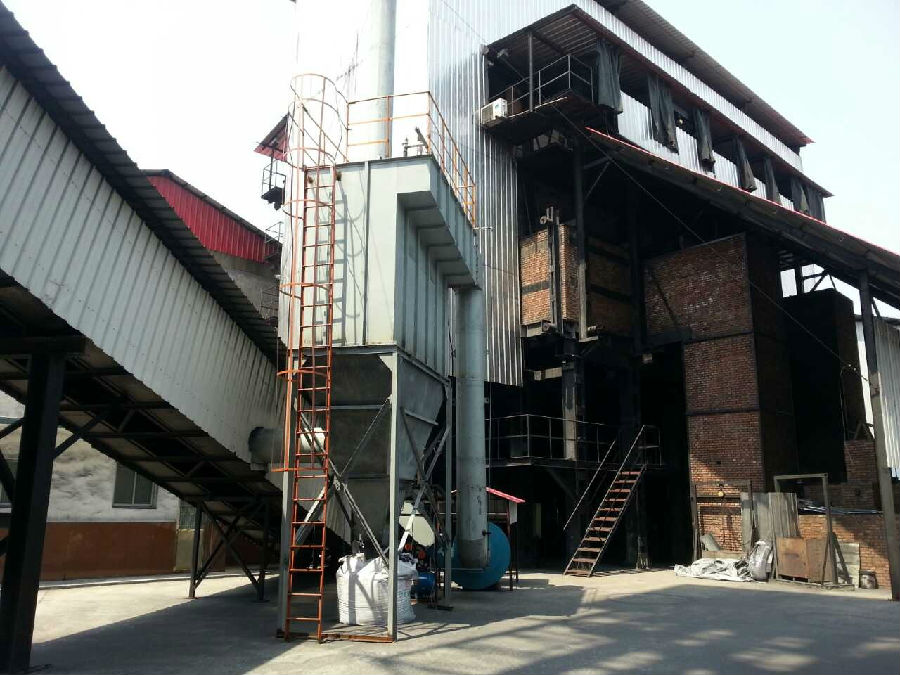
- Q: How do monolithic refractories contribute to the overall efficiency of ladles and tundishes?
- Monolithic refractories play a crucial role in enhancing the overall efficiency of ladles and tundishes in several ways. Firstly, monolithic refractories are known for their excellent thermal insulation properties. By lining the ladles and tundishes with monolithic refractories, heat losses are minimized, resulting in reduced energy consumption and improved thermal efficiency. This insulation capability also helps in maintaining a consistent temperature within the ladles and tundishes, which is essential for the proper casting and solidification of molten metal. Moreover, monolithic refractories offer superior resistance to thermal shocks and chemical corrosion. Ladles and tundishes are subjected to extreme temperatures and harsh chemical environments due to the contact with molten metal and various fluxes or additives. The use of monolithic refractories ensures a longer service life for ladles and tundishes by preventing cracking, spalling, or erosion caused by these harsh conditions. This, in turn, reduces downtime for maintenance and replacement, leading to increased overall efficiency. Additionally, the flexibility and ease of installation of monolithic refractories contribute to the efficiency of ladles and tundishes. Unlike traditional brick lining, monolithic refractories can be easily formed and installed in various shapes and sizes, allowing for better customization and optimization of ladles and tundishes. This adaptability helps in improving the flow dynamics of molten metal, reducing turbulence, and enhancing the overall casting process efficiency. In summary, monolithic refractories enhance the overall efficiency of ladles and tundishes through their exceptional thermal insulation properties, resistance to thermal shocks and chemical corrosion, and flexibility in installation. By minimizing heat losses, extending service life, and optimizing the casting process, monolithic refractories contribute significantly to the overall efficiency and productivity of ladles and tundishes in the metal industry.
- Q: What are the recommended drying procedures for monolithic refractories?
- The recommended drying procedures for monolithic refractories vary depending on the specific type and composition of the refractory material. However, there are some general guidelines that can be followed. Firstly, it is important to remove any excess moisture from the refractory material before drying. This can be done by storing the refractory in a dry environment or using a dehumidifier if necessary. Once the refractory is adequately dried, the drying process can begin. It is recommended to start with a low drying temperature to prevent cracking or spalling of the refractory. Gradually increase the temperature over time to allow for the gradual release of moisture. This can be done by using a controlled drying oven or furnace. The drying time will vary depending on the thickness and composition of the refractory. It is important to follow the manufacturer's guidelines for the specific refractory material being used, as they will provide the recommended drying time and temperature range. During the drying process, it is important to monitor the refractory closely for any signs of cracking or spalling. If any cracks or damage occur, the drying should be stopped immediately to prevent further damage. It may be necessary to repair or replace the damaged areas before continuing with the drying process. Once the refractory is fully dried, it is important to slowly cool it down to prevent thermal shock. This can be done by gradually reducing the temperature over time or allowing the refractory to cool naturally in a controlled environment. Overall, the recommended drying procedures for monolithic refractories involve gradually increasing the temperature over time, monitoring for any signs of damage, and slowly cooling down the refractory to prevent thermal shock. It is important to follow the manufacturer's guidelines and recommendations for the specific refractory material being used to ensure proper drying and optimal performance.
- Q: How do monolithic refractories withstand the thermal cycling in coke oven applications?
- Monolithic refractories are able to withstand the thermal cycling in coke oven applications due to their high thermal shock resistance and low thermal conductivity. They have a unique composition and structure that allows them to expand and contract without cracking or spalling under extreme temperature fluctuations. Additionally, their dense and homogeneous structure minimizes heat transfer, allowing them to maintain their integrity and strength even in the harsh conditions of coke oven operations.
- Q: What are the advantages of using plastic refractories in the iron and steel industry?
- There are several advantages of using plastic refractories in the iron and steel industry. Firstly, plastic refractories offer excellent thermal insulation properties. They have low thermal conductivity, which means they can effectively retain heat and prevent excessive heat loss during the manufacturing process. This is crucial in the iron and steel industry as maintaining high temperatures is essential for the proper functioning of furnaces and other equipment. Secondly, plastic refractories have superior resistance to chemical attack and corrosion. They can withstand exposure to various chemicals, including molten metals and slag, without deteriorating or losing their structural integrity. This is especially important in the iron and steel industry, where materials come into contact with highly corrosive substances on a regular basis. Another advantage of plastic refractories is their ease of installation and repair. Unlike other refractory materials, plastic refractories can be easily shaped and molded into the desired form, allowing for precise fitting and quick installation. Additionally, they can be easily repaired or patched in case of damage or wear, which reduces downtime and maintenance costs. Furthermore, plastic refractories exhibit good mechanical strength and abrasion resistance. This enables them to withstand the physical stresses and mechanical forces present in the iron and steel industry, such as vibrations, impacts, and mechanical loading. Their high resistance to wear and tear ensures longevity and reduces the need for frequent replacements. Lastly, plastic refractories have a high thermal shock resistance. They can withstand rapid temperature changes without cracking or spalling. This is beneficial in the iron and steel industry, where materials are subjected to extreme temperature differentials, such as during the heating and cooling cycles of furnaces. In conclusion, the advantages of using plastic refractories in the iron and steel industry include excellent thermal insulation, resistance to chemical attack, ease of installation and repair, good mechanical strength, abrasion resistance, and high thermal shock resistance. These properties make plastic refractories an ideal choice for various applications in this industry, ensuring efficient and reliable operations.
- Q: How do monolithic refractories enhance the efficiency of reheating furnaces?
- Monolithic refractories play a crucial role in enhancing the efficiency of reheating furnaces in several ways. Firstly, monolithic refractories offer excellent thermal insulation properties, which minimize heat losses from the furnace. This insulation helps to maintain a high and consistent temperature inside the furnace, reducing the need for excessive fuel consumption and improving energy efficiency. Secondly, monolithic refractories have high thermal conductivity, which allows for efficient heat transfer within the furnace. This means that the heat generated by the burners can be evenly distributed throughout the furnace, ensuring uniform heating of the materials being reheated. This uniform heating not only enhances the overall efficiency but also helps to prevent hot spots or cold spots, which can negatively impact the quality of the reheated products. Moreover, monolithic refractories have excellent resistance to thermal shock and mechanical stress. Reheating furnaces often undergo rapid temperature changes and are subjected to intense mechanical forces due to the movement of materials and the operation of various equipment. The use of monolithic refractories helps to prevent cracks, spalling, and other forms of refractory damage, thus ensuring the longevity and continuous operation of the furnace without interruptions for repairs. Additionally, monolithic refractories offer ease of installation, repair, and maintenance compared to traditional brick refractories. Their ability to be cast or sprayed onto the furnace lining allows for a more precise and seamless installation, reducing the risk of weak joints or gaps that could compromise the furnace's efficiency. Furthermore, in case of any damage or wear, monolithic refractories can be easily repaired or patched up, minimizing downtime and improving the overall productivity of the furnace. In summary, the use of monolithic refractories in reheating furnaces enhances efficiency by providing effective thermal insulation, facilitating uniform heat distribution, resisting thermal shock and mechanical stress, and allowing for easier installation and maintenance. These benefits contribute to lower energy consumption, improved product quality, increased furnace durability, and reduced operational costs.
- Q: How do monolithic refractories contribute to the quality of iron and steel products?
- Enhancing the quality of iron and steel products is a crucial role played by monolithic refractories. These refractories consist of a single, solid structure that grants them high resistance against thermal and mechanical stresses. Their unique properties make them suitable for a range of high-temperature applications in the iron and steel industry. To start with, monolithic refractories excel in thermal insulation, maintaining a consistent temperature within furnaces and kilns. This temperature stability is vital for the proper heat treatment of iron and steel, ensuring ideal metallurgical properties and reducing the risk of defects. By preventing heat loss, monolithic refractories promote efficient energy utilization, resulting in cost savings and environmental benefits. In addition, monolithic refractories demonstrate remarkable endurance in the face of harsh operating conditions. The iron and steel manufacturing process involves extreme temperatures, aggressive chemical environments, and mechanical stresses. Monolithic refractories exhibit exceptional resistance to these conditions, ensuring durability and longevity. Their ability to resist thermal shock prevents cracking or spalling, which can lead to contamination and compromised product quality. Furthermore, monolithic refractories provide excellent corrosion resistance, shielding iron and steel products from chemical reactions with molten metal, slag, and other aggressive substances. This resistance not only preserves the integrity of the refractory lining but also prevents contamination of the metal, resulting in improved product quality. Monolithic refractories also offer flexibility in design and installation. They can be shaped, cast, or gunned into various complex geometries, allowing for customization based on the specific requirements of the iron and steel production process. This versatility ensures optimal lining performance, maximizing efficiency and product quality. In conclusion, monolithic refractories significantly contribute to the quality of iron and steel products. Their thermal insulation properties, resistance to harsh operating conditions, corrosion resistance, and design flexibility all play a vital role. By providing a reliable and durable lining in high-temperature applications, monolithic refractories help guarantee consistent and high-quality output in the iron and steel industry.
- Q: What are the limitations of monolithic refractories in high-temperature applications?
- Monolithic refractories have certain limitations when used in high-temperature applications. One major limitation is their susceptibility to thermal shock. Monolithic refractories lack the structural stability and resistance to sudden temperature changes compared to other refractory materials. Additionally, their relatively low thermal conductivity can lead to uneven heat distribution and potential hotspots, affecting the overall performance and longevity of the refractory lining. Another limitation is their susceptibility to chemical attack by certain aggressive environments, which can lead to accelerated deterioration and reduced lifespan. Overall, while monolithic refractories offer certain advantages in terms of installation flexibility and ease of maintenance, their limitations in terms of thermal shock resistance, thermal conductivity, and chemical resistance must be considered in high-temperature applications.
- Q: How do monolithic refractories resist corrosion and erosion in the iron and steel industry?
- Monolithic refractories in the iron and steel industry are designed to resist corrosion and erosion through a combination of their composition and application techniques. Firstly, the composition of monolithic refractories includes high-quality raw materials such as alumina, magnesia, and silica. These materials possess excellent resistance to corrosion and erosion. Alumina, for example, is highly resistant to chemical attack and can withstand high temperatures, making it ideal for protecting against the corrosive nature of the iron and steel industry. In addition to the choice of materials, the application techniques used in installing monolithic refractories also play a crucial role in their resistance to corrosion and erosion. Monolithic refractories are typically installed using various methods such as gunning, ramming, or casting. These techniques ensure a tight and seamless bond between the refractory and the steel structure, minimizing the chances of corrosion and erosion. Furthermore, monolithic refractories can be customized to suit the specific needs of different parts of the iron and steel industry. For example, areas exposed to molten metal require refractories with high thermal conductivity and excellent resistance to chemical attack. By tailoring the refractory to the specific application, it becomes more effective in resisting corrosion and erosion. Moreover, monolithic refractories are often designed with additives or binders that enhance their resistance to corrosion and erosion. These additives can provide additional protection against chemical attacks from molten metal or corrosive gases, making the refractory even more durable in harsh conditions. Overall, monolithic refractories resist corrosion and erosion in the iron and steel industry due to their composition, application techniques, customization, and the inclusion of additives. By combining these factors, monolithic refractories provide excellent protection to the steel structures, ensuring their longevity and efficiency in the challenging environments of the iron and steel industry.
- Q: How do monolithic refractories perform in torpedo ladle applications?
- Due to their excellent performance and durability, monolithic refractories are commonly used in torpedo ladle applications. Torpedo ladles are utilized in the steelmaking process to transport and pour molten metal from the blast furnace to the steelmaking furnace. Also known as unshaped refractories, monolithic refractories are made from a single material and can be applied as a cohesive mass, making them highly versatile and easy to install in the torpedo ladle. In torpedo ladle applications, monolithic refractories offer numerous advantages. Firstly, they possess high heat resistance, enabling them to endure the extreme temperatures and thermal shocks experienced during the transfer and pouring of molten metal. This ensures that the refractories do not crack or fail under these harsh conditions. Additionally, monolithic refractories exhibit excellent corrosion resistance properties, which is imperative in torpedo ladles where the molten metal can be highly corrosive. They can withstand the aggressive chemical environment and prevent chemical reactions that could result in refractory deterioration. Moreover, monolithic refractories possess good thermal insulation properties, reducing heat loss from the molten metal and promoting energy efficiency. This helps to maintain the desired temperature of the metal, ensuring optimal steelmaking conditions. Furthermore, monolithic refractories offer strong mechanical strength and resistance to abrasion, making them highly suitable for torpedo ladle applications where the refractory lining is subjected to mechanical stress and wear. Overall, monolithic refractories perform exceptionally well in torpedo ladle applications due to their high heat resistance, corrosion resistance, thermal insulation properties, and mechanical strength. They can endure the extreme conditions and provide a reliable and long-lasting lining for torpedo ladles in the steelmaking industry.
- Q: How do monolithic refractories contribute to reducing downtime in iron and steel plants?
- The use of monolithic refractories plays a vital role in minimizing downtime in iron and steel plants. They have several key advantages over traditional brick refractories. To begin with, monolithic refractories are highly adaptable and can be easily shaped and installed. This allows for faster repairs and replacements. In contrast to brick refractories, which require time-consuming and labor-intensive processes like bricklaying and mortar application, monolithic materials can be directly applied in a castable or gunning form. This significantly reduces the time needed for repairs. Furthermore, monolithic refractories offer better thermal insulation and resistance to thermal shocks, which are common in iron and steel plants. This improved thermal performance helps to maintain stable operating temperatures and prevents sudden temperature fluctuations that can lead to refractory failure and subsequent downtime. By minimizing these thermal shocks, monolithic refractories increase the overall lifespan of the refractory lining, reducing the need for frequent repairs. Moreover, monolithic refractories provide superior chemical resistance compared to traditional brick refractories. Iron and steel plants often face aggressive chemical environments due to the presence of molten metal, slag, and other corrosive substances. Monolithic refractories are specifically designed to withstand these harsh conditions, preventing chemical attacks and erosion of the refractory lining. As a result, the occurrence of unscheduled shutdowns due to refractory degradation is significantly reduced. Lastly, monolithic refractories offer better dimensional stability, minimizing the risk of cracks and spalling caused by thermal cycling and mechanical stress. This increased resistance to wear and tear ensures that the refractory lining remains intact for a longer period, reducing the frequency of maintenance and enhancing the overall operational efficiency of the iron and steel plant. In conclusion, monolithic refractories contribute to downtime reduction in iron and steel plants by providing faster installation, improved thermal insulation, superior chemical resistance, and enhanced dimensional stability. Their versatility and performance advantages make them a reliable choice for maintaining an efficient and dependable refractory lining, ultimately reducing the frequency and duration of plant shutdowns.
Send your message to us
Low Nitrogen Carbon Raiser Graphite Petroleum Coke
- Loading Port:
- Shekou
- Payment Terms:
- TT OR LC
- Min Order Qty:
- 20 m.t
- Supply Capability:
- 1000 m.t/month
OKorder Service Pledge
OKorder Financial Service
Similar products
Hot products
Hot Searches
Related keywords


